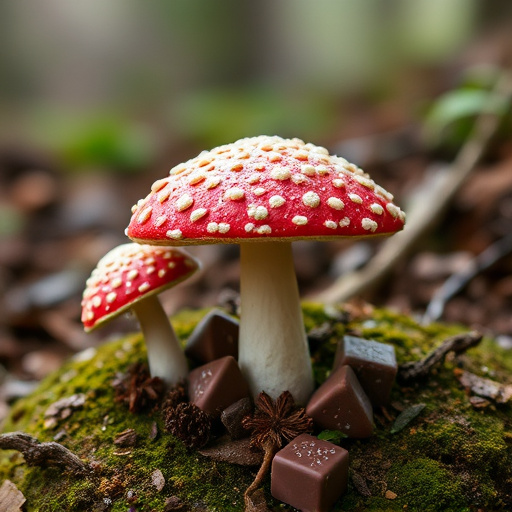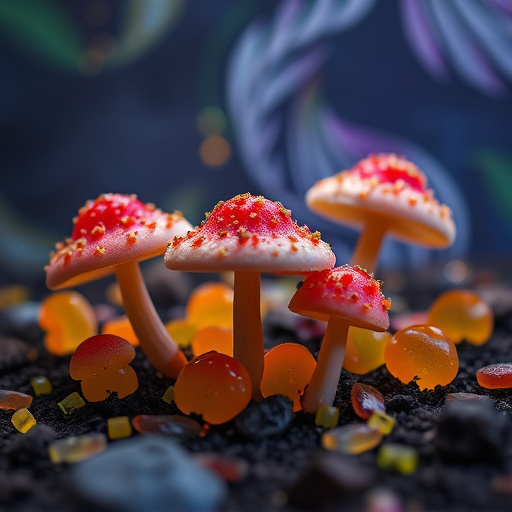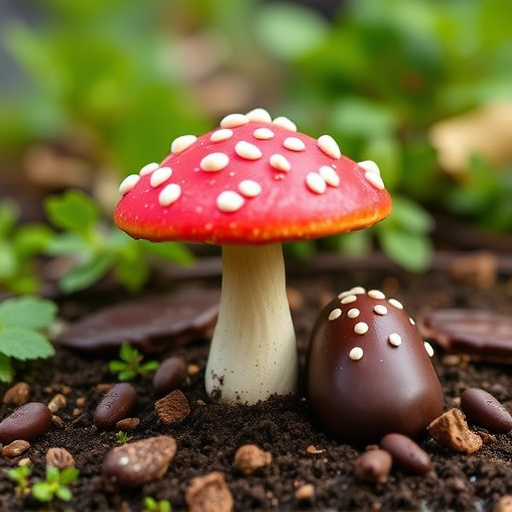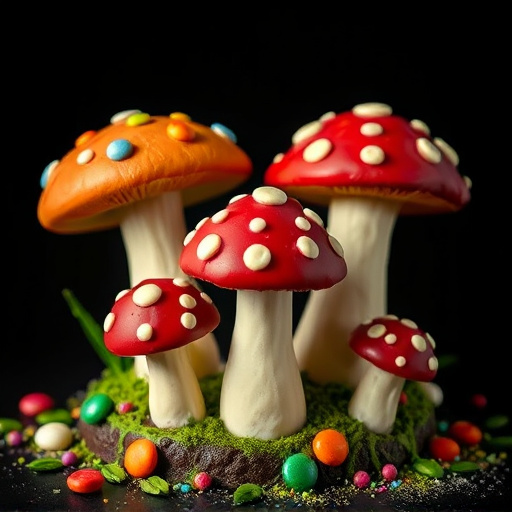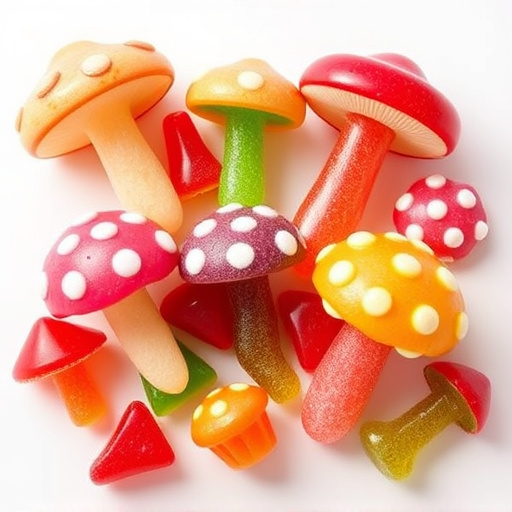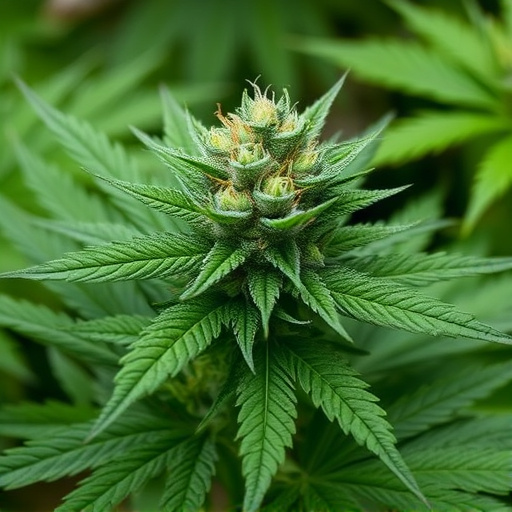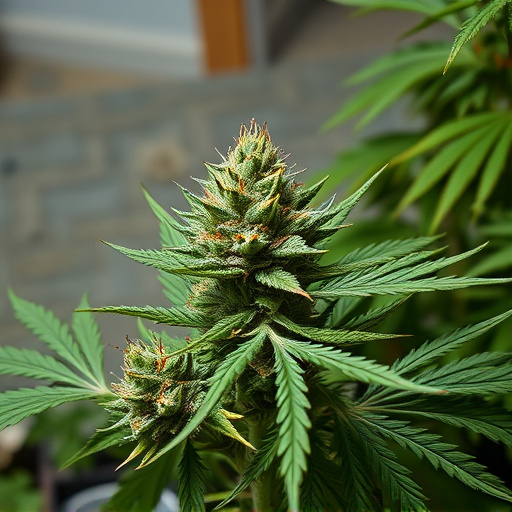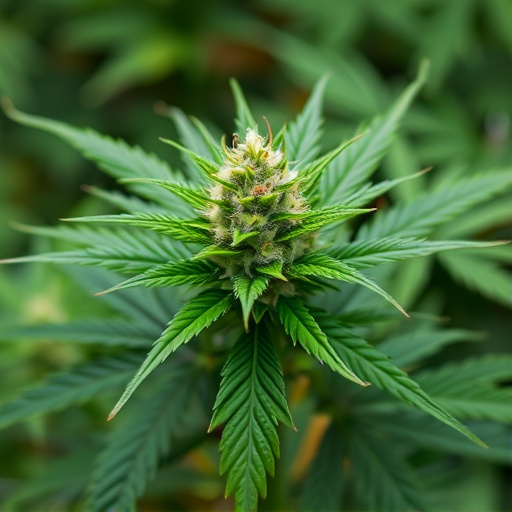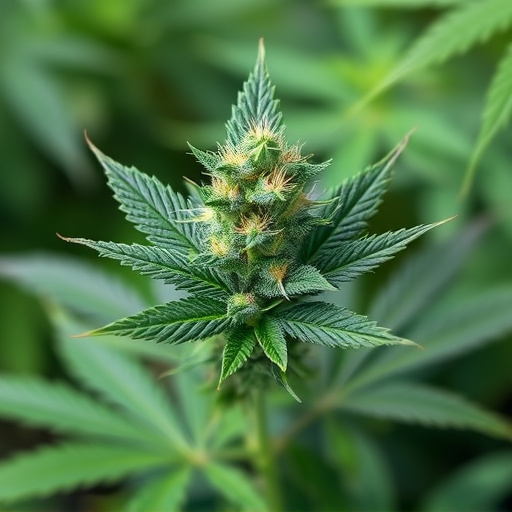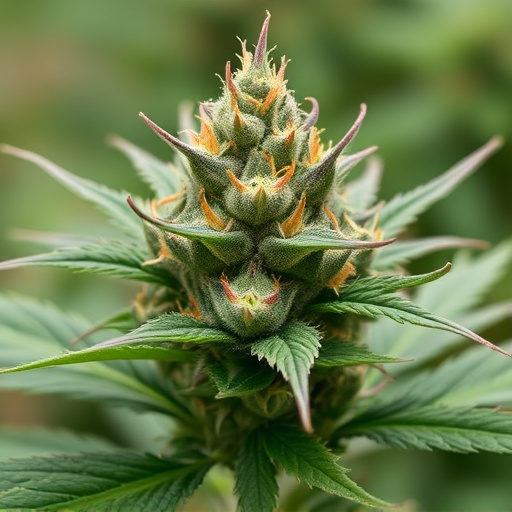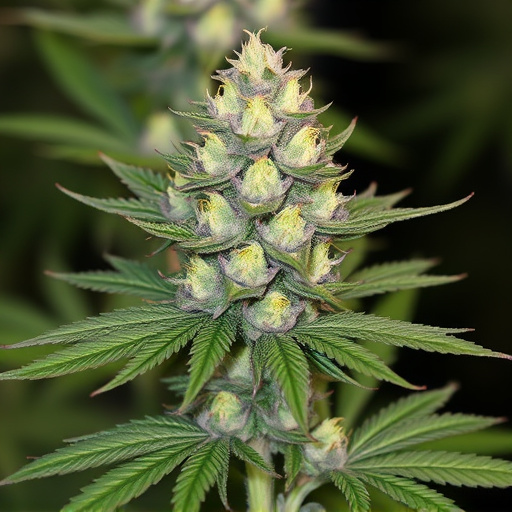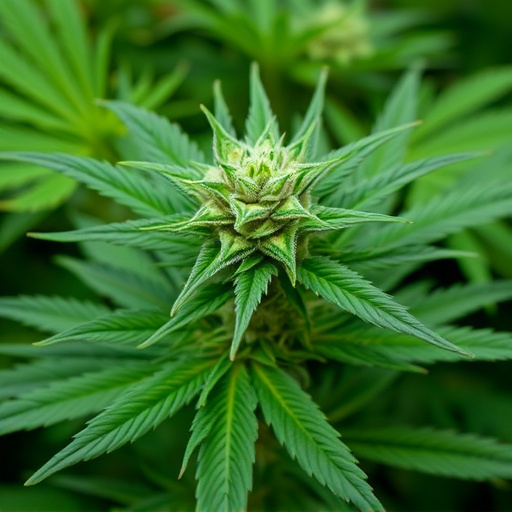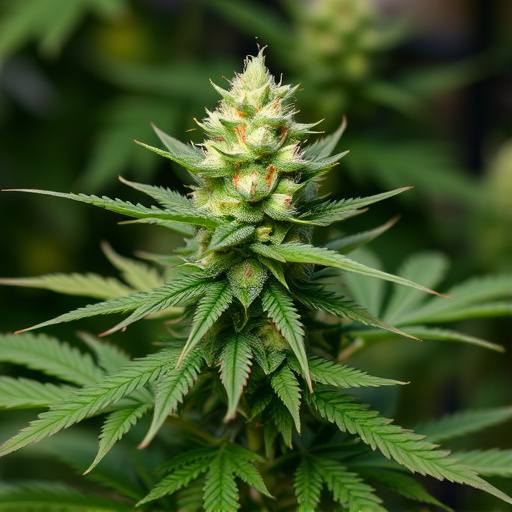The color of cannabis flowers is a scientific indicator of potency, with darker hues signaling higher THC levels and therapeutic properties. Strains like Blue Dream, Girl Scout Cookies, Strawberry Cough, and Granddaddy Purple are renowned for their visual appeal and diverse effects. While color can guide selection, it's unreliable as the sole indicator due to genetic and environmental factors. Consumers should consider both color and scientific evidence when choosing the best strains of medical cannabis for specific needs.
“Uncover the intriguing connection between color and cannabis potency in this comprehensive guide. We explore whether the vibrant hues of medical cannabis strains offer more than just visual appeal, delving into the science behind it. From THC levels to unique terpenes, we uncover the top best strains of medical cannabis known for their striking appearances and potent effects. Learn about the perceived benefits and limitations of color-based strain selection, offering insights for both curious consumers and industry enthusiasts.”
- The Science Behind Color and Cannabis Potency
- Best Strains of Medical Cannabis Known for Their Visual Appeal and Effects
- Exploring the Perceived Benefits and Limitations of Color-Based Strain Selection
The Science Behind Color and Cannabis Potency
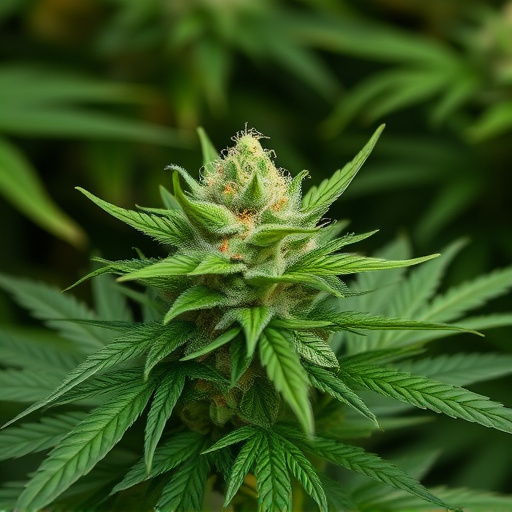
The perception of color in cannabis is often associated with its visual appeal, but it also holds scientific significance regarding potency. Cannabis contains a diverse range of cannabinoids, including THC and CBD, which are responsible for its psychoactive and therapeutic effects. The color of cannabis flowers can provide clues about the concentration of these compounds. For instance, darker shades might suggest higher levels of THC, a primary compound known for its potent psychotropic properties. This connection between color and cannabinoid content has led many medical cannabis patients to seek out specific best strains of medical cannabis renowned for their vibrant hues and correspondingly robust effects.
Research into the topic indicates that the growing conditions and genetic makeup of the plant play significant roles in determining both color and potency. Environmental factors like light exposure, temperature, and nutrient levels can influence the production of various pigments in cannabis, each potentially correlated with specific cannabinoid profiles. Understanding this science allows consumers to make more informed choices when selecting strains for their desired effects, whether seeking relaxation, pain relief, or other therapeutic benefits offered by medical cannabis.
Best Strains of Medical Cannabis Known for Their Visual Appeal and Effects
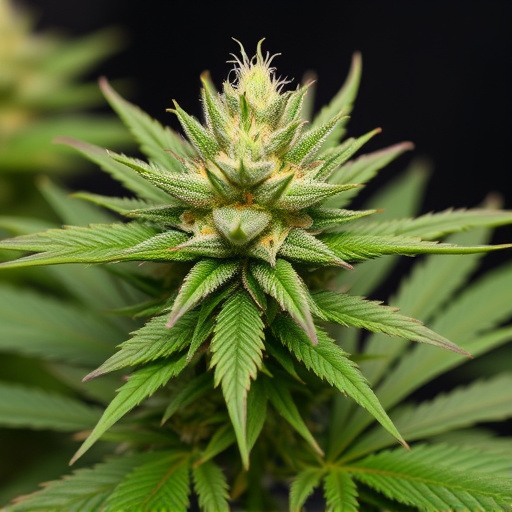
When it comes to the best strains of medical cannabis known for their visual appeal and effects, several varieties stand out due to both their beauty and potent properties. Strains like Blue Dream are renowned for their vibrant blue hues, offering a balanced blend of uplifting sativa and relaxing indica effects. Another popular choice is Girl Scout Cookies, celebrated for its dense, frosty buds that resemble cookies, along with a powerful combination of euphoria and pain relief.
Additionally, strains like Strawberry Cough captivate with their fruity aroma and bright red hairs, providing a stimulating high ideal for day use. For those seeking a more sedating experience, Granddaddy Purple’s deep purple buds and heavy resin production offer profound relaxation without overwhelming the user. These best strains of medical cannabis not only delight the eyes but also deliver on therapeutic promises, making them sought-after choices among patients.
Exploring the Perceived Benefits and Limitations of Color-Based Strain Selection
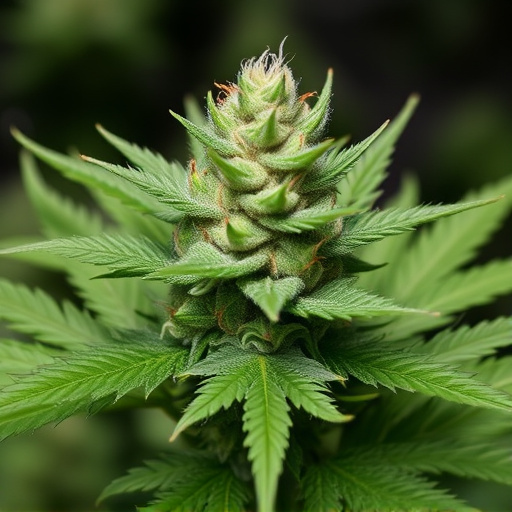
Some enthusiasts and patients believe that selecting cannabis strains based on color can provide a unique perspective on potency and desired effects. The thinking behind this is that certain colors may indicate specific terpene profiles or cannabinoid concentrations, offering potential benefits for tailored treatment. For instance, vibrant green buds are often associated with high levels of THC, the primary psychoactive compound, suggesting potent effects. Similarly, blue or purple hues might evoke higher CBD content, which is known for its therapeutic properties and minimal psychoactivity.
However, while color-based strain selection has its allure, it’s essential to recognize limitations. Cannabis plants naturally exhibit a wide range of colors due to various factors, including genetics, growing conditions, and maturity levels. These variables can make it challenging to reliably correlate specific colors with set potency levels. Moreover, the perceived benefits often rely on anecdotal evidence rather than robust scientific studies, leaving room for speculation and individual variations in perception. Therefore, while color can be a fun and intriguing aspect of strain identification, relying solely on it may not guarantee the best strains of medical cannabis for individual needs.
While the science behind color and its impact on cannabis potency is still evolving, there’s no denying that visual appeal plays a role in consumer choice. The article has explored how certain colors are associated with specific effects, highlighting some of the best strains of medical cannabis known for their vibrant hues and potent properties. However, it’s important to remember that the most effective method for strain selection remains understanding individual chemical profiles and personal preferences. Ultimately, navigating the world of medical cannabis involves recognizing both its visual tapestry and the intricate symphony of cannabinoids present in each strain.
